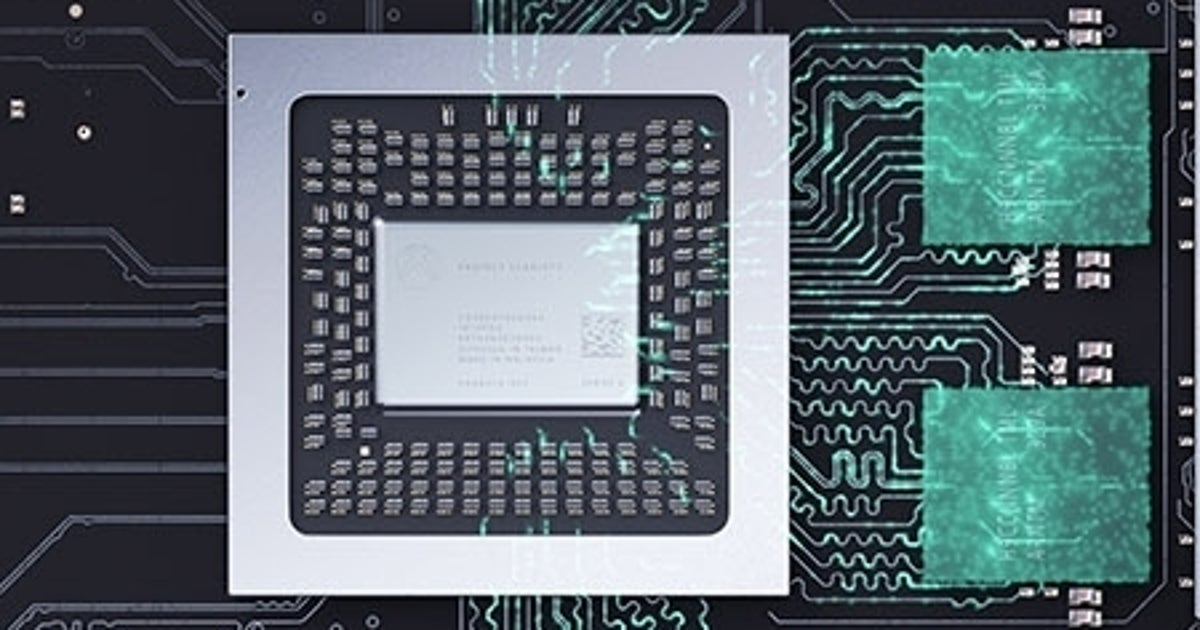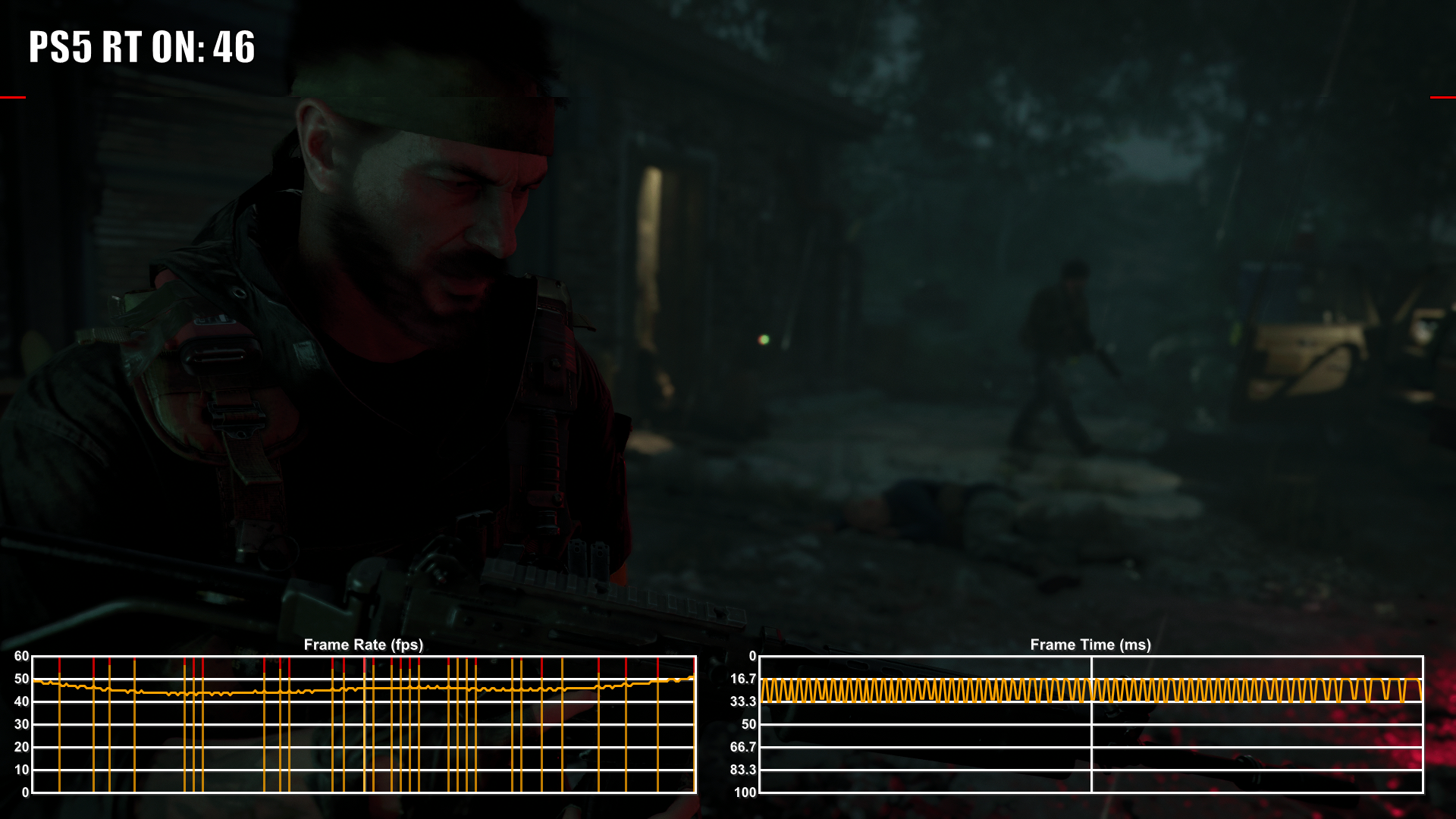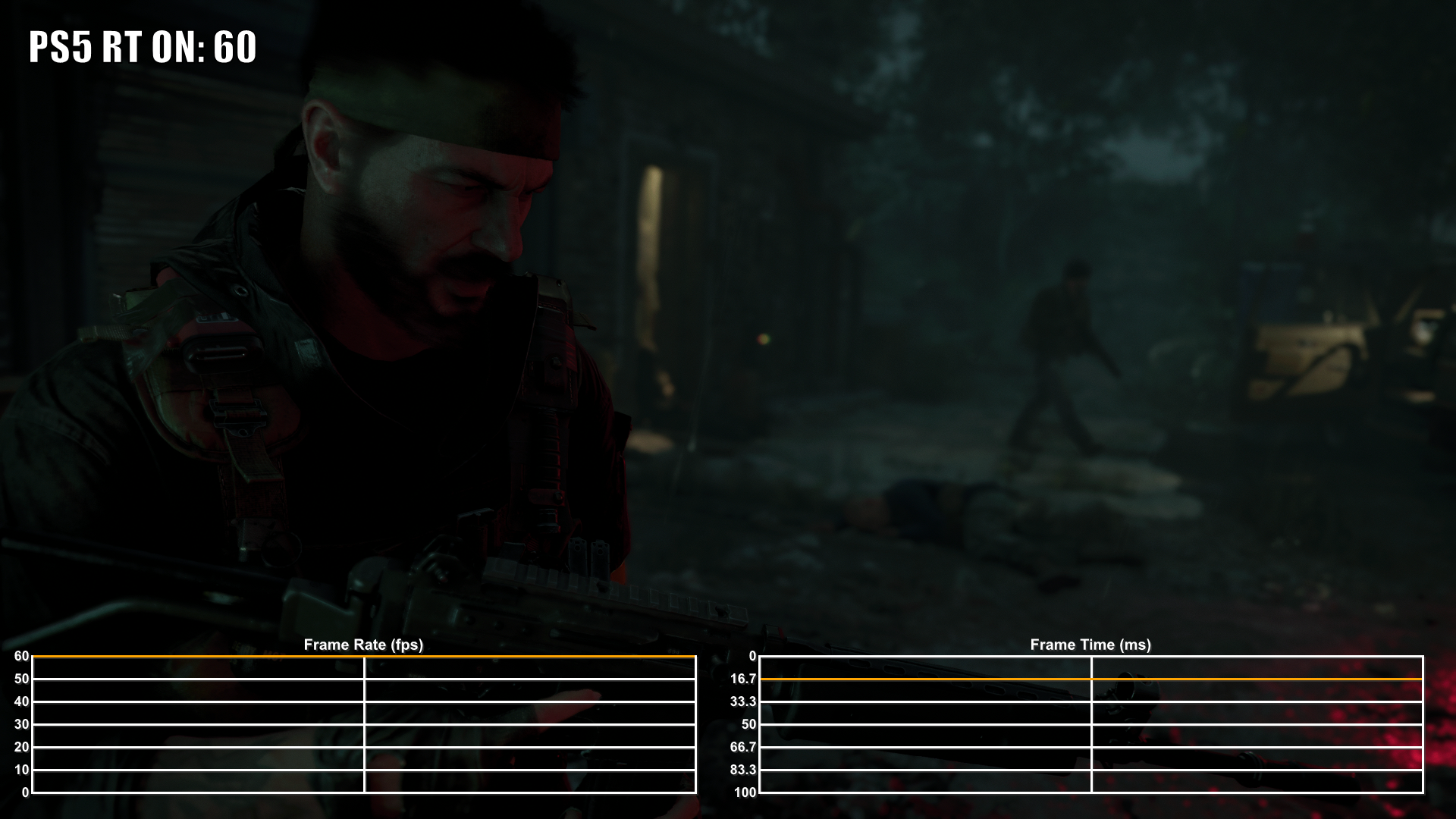The end result will be that for a while at least, supporting both current-gen and next-gen Xbox hardware means that developers will be faced with the task of supporting four different SKUs. Xbox One X has already been discontinued, when an alternative course of action may have been to keep that as the entry level console as opposed to introducing Series S.
"I've read a lot of question on the internet, like, why isn't Microsoft going to continue Xbox One X as the low-end machine. Well, one thing is that it would last a long time through the generation and we felt that the new generation is defined by aspects such as the Xbox Velocity Architecture, and graphics features such as variable rate shading and ray tracing and the 4x processing performance boost on the CPU," counters Goossen. "And so we wanted to make sure that there was an entry level at the right price-point so that we could really advance the generation rather than hold it back. I've heard that Series S is going to hold back the next generation but I actually see Series S advancing it because by doing Series S we'll have more games written to the characteristics of the next generation."
There's also the matter of economics too. Our understanding is that a shrink of the Xbox One X's Scorpio Engine processor wouldn't be easy, while the wide memory interface isn't easily rationalised for an entry-level product. Its 12GB of GDDR5 (with 12 DRAM modules on the mainboard) would also be very hard to reduce down.
"The other ironic thing is that we did look at Xbox One X and we couldn't get it down to the price-point we wanted to get, so I look at Xbox Series S and it's cheaper than Xbox One X, it would have all of these next-gen features and then in terms of graphics performance, well you guys know this, but the per-cycle improvements with the new RDNA 2 architecture are like a 25 per cent improvement. If we just do the back of the envelope math right now, 4TF brings you up to 5TF just according to that factor.
"And some of the data we're seeing with our content is suggesting that it's even better, and then when you think about other features of the new architecture that we've added like variable rate shading and FP16, you know, I think that could get us the additional 20 per cent to pretty much equal the performance for new games... and it's cheaper and you get all the other features that define the new generation. And so for me, it was an easy decision - let's go do this."


 . Neue Refreshes + größerer SSD wären aktuell wahrscheinlicher, denn diese sinken immerhin noch im Preis.
. Neue Refreshes + größerer SSD wären aktuell wahrscheinlicher, denn diese sinken immerhin noch im Preis.










